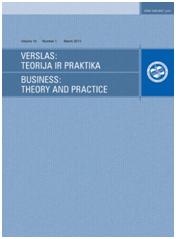The European Union and Turkey: A Review of Their Commonalities and Disparities Using Cluster Analysis
The European Union and Turkey: A Review of Their Commonalities and Disparities Using Cluster Analysis
Author(s): Turkay YildizSubject(s): Economy
Published by: Vilnius Gediminas Technical University
Keywords: economic review; transformation; cluster analysis; business; Turkey and the EU; GDP forecast
Summary/Abstract: Turkey has enjoyed considerable economic growth over the past decade and has a positive economic outlook and strong growth prospects. The country benefits from being located between Europe and the major energy producers in the Middle East in the so-called strategic energy corridor. The issue of Turkey’s accession to the EU has long been on the political agenda in Europe. Indeed, Turkey has made considerable efforts to become a full EU member state. However, the accession negotiations for EU membership continue, while Turkey has recently refused to open new accession chapters with the EU and instead has turned its attention to other regional developments. Turkey has strengthened its swtrategic ties with a wide range of countries including those in Europe and the Middle East. It also plays an influential role in a geography that stretches across the former Soviet Union nations. In this paper, the path of Turkey’s accession issues is reviewed and the direction of its economy based on the measure of GDP per capita is forecast using an autoregressive integrated moving average model. In addition, the cluster analysis technique is adopted in order to measure the possible standing of Turkey among EU members, the similarities between EU members, and the current path to becoming an EU member state.
Journal: Verslas: teorija ir praktika
- Issue Year: 15/2014
- Issue No: 1
- Page Range: 41-57
- Page Count: 17
- Language: English

